Most Beautiful Winter Flowering Plants
Winter flowering plants brighten up our flower garden and also attract pollinators when they bloom. There are many flowers that bloom in winter; here we will discuss some of them.
Here are some common winter flowering plants:
- Cyclamen
- Pansy
- Hellebores
- Primrose
- Camellia
- Snowdrops
- Violet
- Mahonia
- Winter jasmine
- Daphne
- Rose
- Sarcococca confusa
- Skimmia japonica
- Witch hazel
Let’s discuss them in detail:
1. Cyclamen
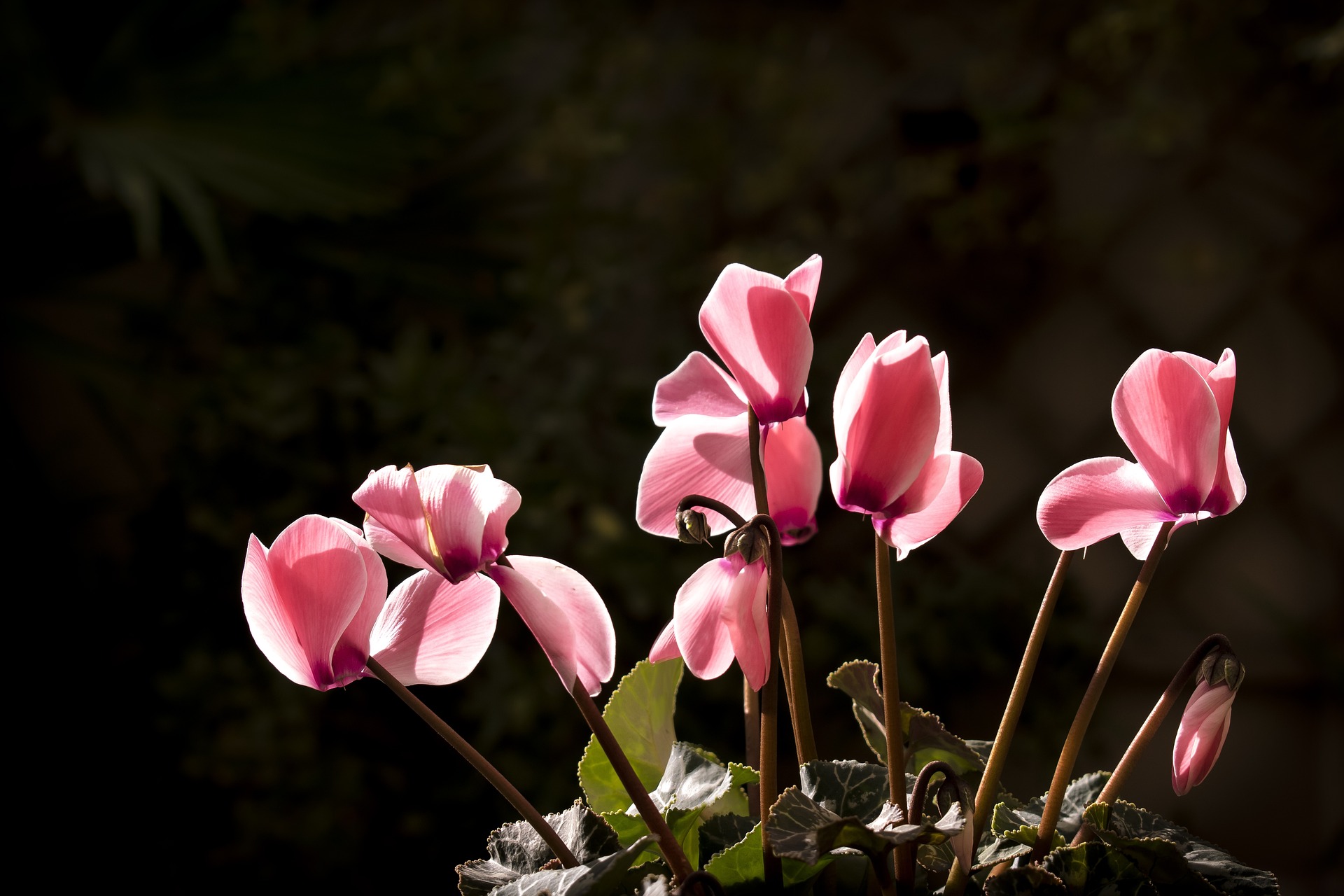
Cyclamen are perennial plants famous for their heart-shaped leaves and striking flowers. They typically bloom with white, pink, red, or purple petals. They have attractive marbled patterns, providing year-round interest. Depending on the species, they can thrive indoors or outdoors but generally grow well in cooler temperatures. There are different varieties of cyclamen, such as Cyclamen persicum and Cyclamen hederifolium. They are great for indoor pots or as outdoor ground cover due to their beauty and color. Cyclamen add winter interest to your garden or home.
Growing and Caring Cyclamen:
Cyclamen persicum is perfect for indoor growth, while Cyclamen hederifolium is suitable for outdoor gardens. Well-draining potting mix soil is an ideal choice, and choose a pot with drainage holes. Plant tubers about one-third above the soil. The plant should be placed in a bright spot with indirect sunlight. When the top inch of soil feels dry, water immediately, but the soil should not be waterlogged and must have good drainage. A temperature of 50-65°F (10-18°C) is good for the plants. Remember that drafts and extreme heat can damage the plants badly. A balanced fertilizer can be used every 4-6 weeks during the fall and winter (growing season). To encourage new growth and maintain appearance, you should remove spent flowers and yellowing leaves. During dormancy, allow the leaves to die back naturally and store the tuber in a cool, dry place until growth resumes in the fall.
Pests and Diseases:
Pests like aphids and mealybugs can damage your plants; use insecticidal soap to prevent them. Good air circulation can prevent diseases. Avoid overwatering to prevent fungal issues.
2. Pansy
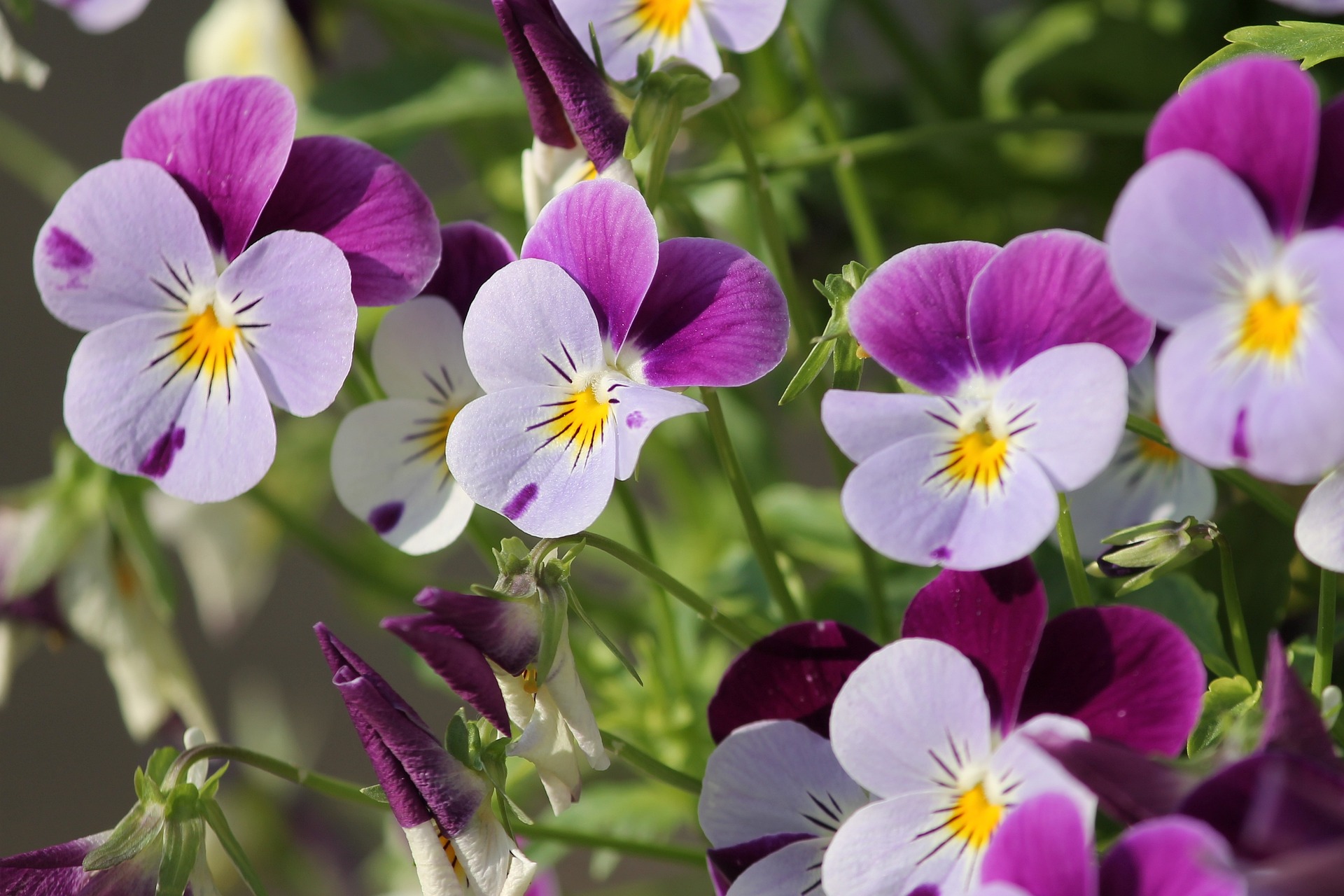
The pansy is a popular flower known for its vibrant colors and unique shape. They are a type of winter flowering plant. Pansies have flat, large petals with a distinct “face” pattern, typically ranging from 2 to 4 inches across. Pansies are a great choice for their beauty and resilience.
Growing and Caring for Pansies:
Select a spot with full sun to partial shade; cooler temperatures are good for pansies. Well-draining soil rich in organic matter should be used. A pH of 6.0 to 6.8 is ideal. For proper growth, space plants about 6 to 8 inches apart. Water the soil regularly and keep it consistently moist but not soggy. Especially in the dry season, water is very important. Use a balanced, water-soluble fertilizer every 4-6 weeks during the growing season to promote blooming. Pruning is also helpful to encourage new blooms and prevent the plants from going to seed.
Pests and Problems:
Slugs, aphids, and powdery mildew can be harmful to pansy flowers. They can damage your flowers and plants, so care must be taken. Regular monitoring can prevent them too. If needed, apply organic or chemical controls as necessary.
Winter Care:
Light frosts can be tolerated by pansies, making them great for fall and early spring gardens. Mulch can help to protect them in winter.
3. Hellebores

Hellebores are a famous winter flowering plant known for their attractive blooms that often appear in late winter to early spring. There are different colors of this flower, including white, pink, purple, and green.
Growing and Caring for Hellebores:
Select a location with full sun, as Hellebores prefer partial to full shade. Remember that they can tolerate some sun, but too much direct sunlight can scorch their leaves. Well-drained and organic-rich soil is perfect for them. Add compost to improve soil structure and fertility. When planting, space plants about 12 to 18 inches apart to allow for their growth. Try to plant them at the same depth they were growing in their nursery pots. During dry periods, you need to keep the soil constantly moist. Apply mulch to help regulate soil temperature. For proper growth, use a balanced, slow-release fertilizer in early spring. To encourage new growth and improve air circulation, you should remove any dead or damaged leaves in late winter or early spring.
Pests and Diseases:
Hellebores are generally pest-resistant, but sometimes they are attacked by slugs or aphids. Ensure good air circulation to prevent fungal diseases. If you follow all these guidelines, hellebores can thrive for many years, adding beautiful early blooms to your garden.
4. Primrose
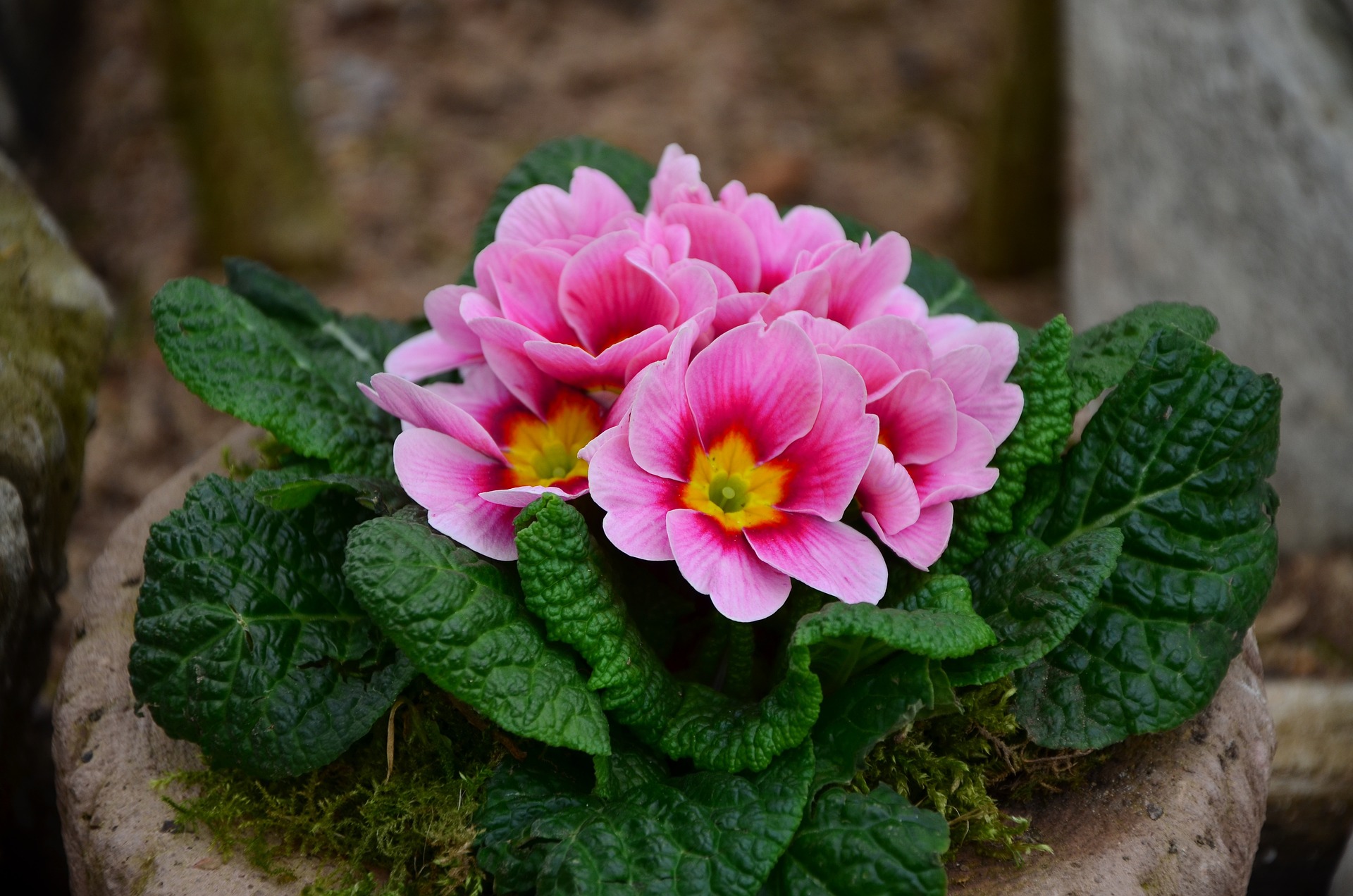
The primrose is a perennial flowering plant known for its bright, colorful blooms. They belong to the genus Primula and typically bloom in early spring. They can come in various colors, including yellow, pink, and purple, and symbolize youth and renewal in folklore.
Growing and Caring for Primroses:
A spot with partial shade to full shade is good for primroses, as they prefer cooler conditions. You should use well-draining, moist soil enriched with organic matter. A mix of potting soil and compost works well. Space plants about 12 to 18 inches apart to allow for growth. Proper watering is a must for primroses, so keep the soil consistently moist but not waterlogged. When the top inch of soil feels dry, water the plant immediately. A balanced, water-soluble fertilizer can be used once a month during the growing season. Remove spent flowers to encourage new blooms. Pruning can help maintain appearance. Apply a layer of mulch to protect roots during winter in cooler climates. Primroses can survive without extra protection in warmer areas.
Pests and Diseases:
Primroses can be affected by slugs, snails, and root rot. To reduce the risk of disease, ensure good air circulation and avoid overhead watering. Divide clumps every few years in early spring or fall to propagate primroses.
By following all these tips, your primroses will thrive and provide beautiful blooms.
5. Camellia
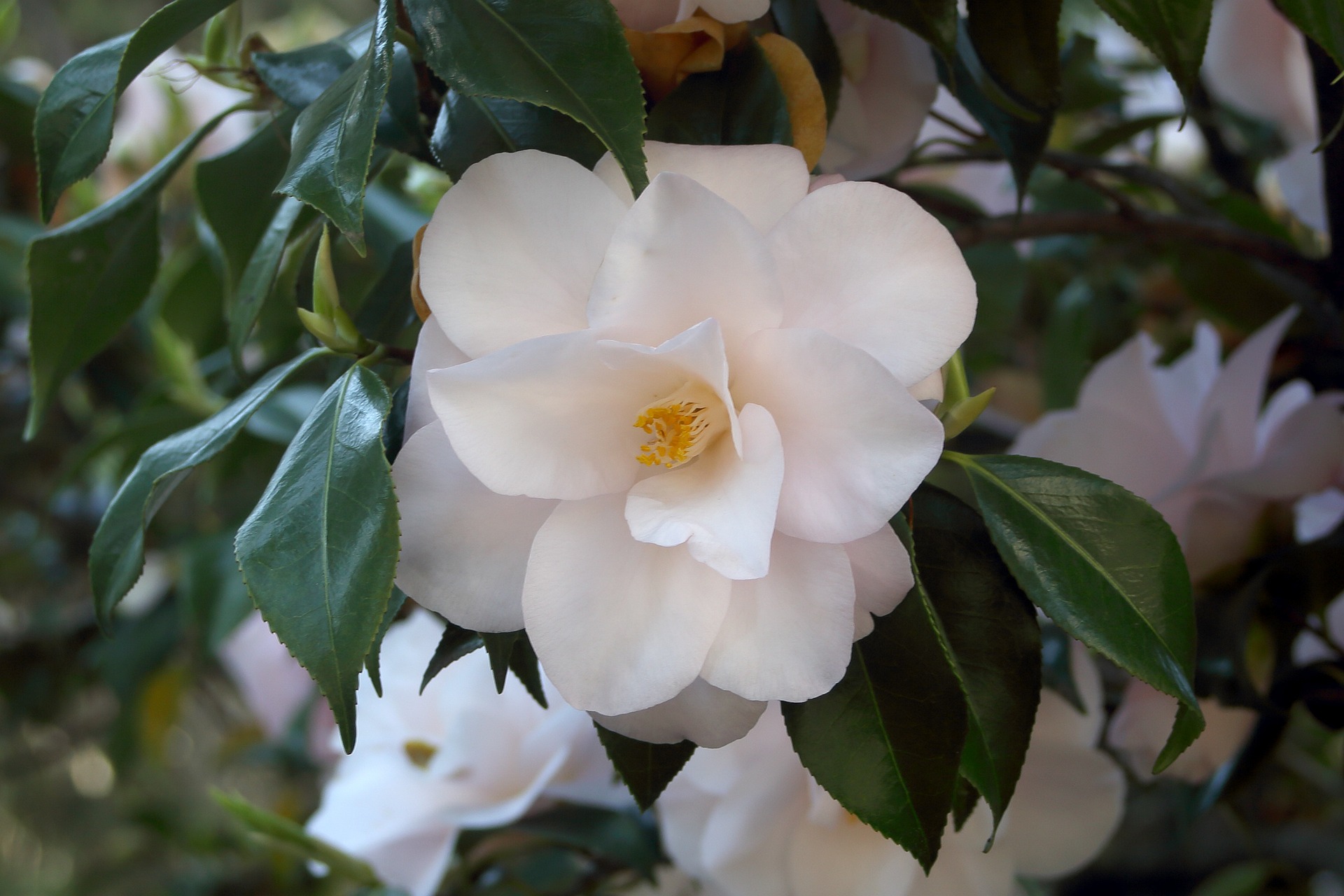
Camellia flowers are famous for their beautiful, glossy leaves and stunning blooms. They come in various colors like white, pink, and red, and are often used in gardens and landscaping. Camellia japonica is the most common species and is prized for its large, showy flowers. This plant is also famous as a tea plant, as its leaves can be used to produce tea.
Growing and Caring for Camellia Flowers:
Select a spot with partial shade. Too much sunlight can burn the plant, so remember that camellias thrive in dappled sunlight. Acidic and well-drained soil is best for them. A mix of peat moss, compost, and pine bark can provide the right conditions. Space plants for air circulation, about 3 to 6 feet apart, depending on the variety. Keep the soil consistently moist but not waterlogged. During dry spells, regular watering is essential. You can use mulch to retain moisture. A slow-release, acid-based fertilizer in early spring can help start new growth. To shape the plant, prune and remove any dead or crossing branches after flowering, which encourages new growth and better airflow.
Pests and Diseases:
Common pests include aphids and scale insects. Insecticidal soap or neem oil can be used as needed. Ensure good drainage to prevent leaf spot and root rot in overly wet conditions.
Winter Care:
Protect young plants with mulch and consider covering them in colder regions.
6. Snowdrops (Galanthus)
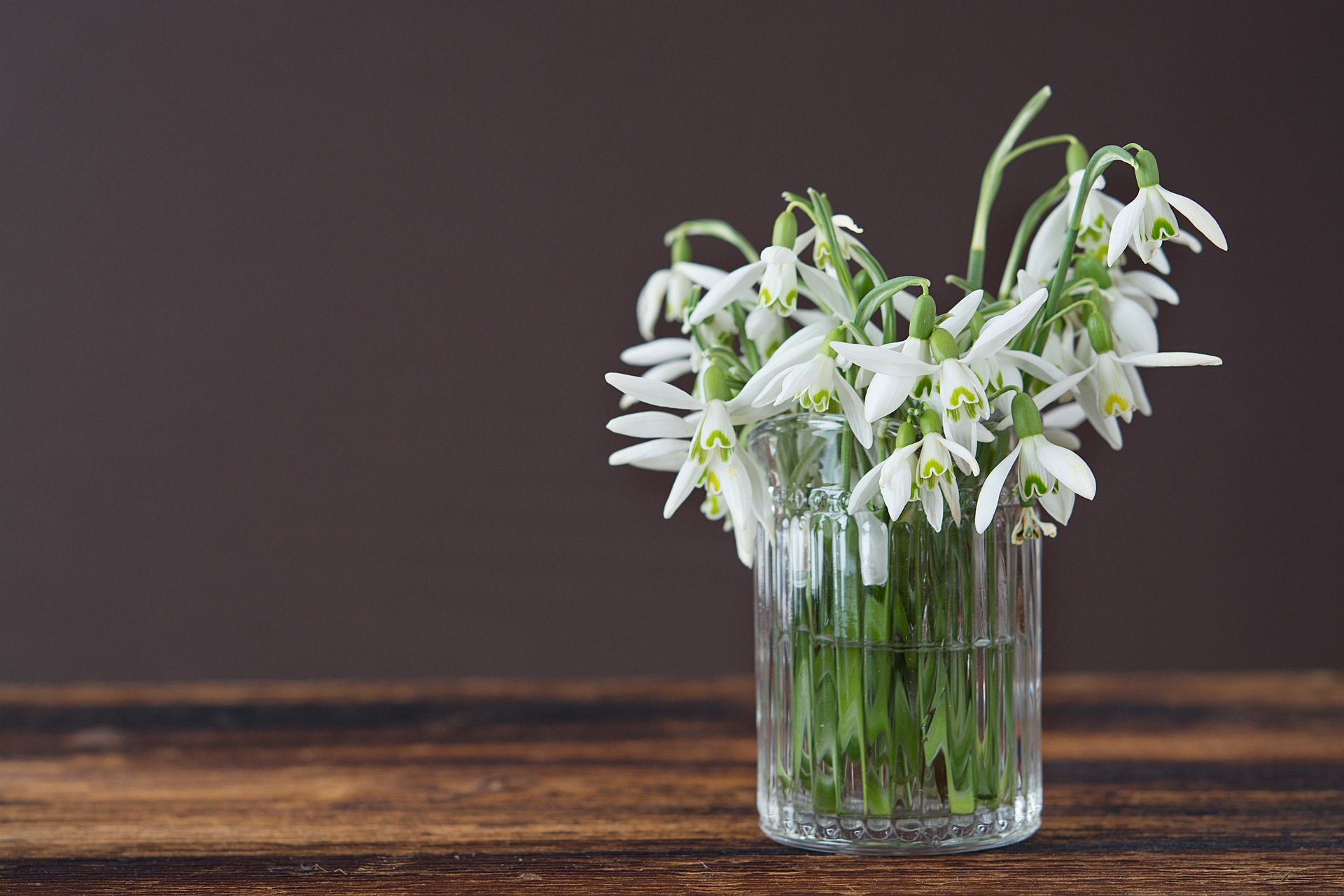
If you want to plant an early-blooming perennial white winter flowering plant, you can select snowdrops. They are popular for their delicate white, teardrop-shaped flowers that often emerge through the snow, signaling the end of winter.
Growing and Caring for Snowdrops:
Choose partially shaded to full sun areas for planting. Well-drained soil is best for them. Rich, loamy soil that is slightly acidic to neutral is perfect for snowdrop flowers. Plant the bulbs about 2-3 inches deep in the fall. Apply organic matter to improve soil quality. In early spring during the growing season, the flowers need consistent moisture. Ensure the soil is not waterlogged.
Use a light bulb fertilizer in spring to support growth. Heavy feeding is not good for snowdrops. Mulching is very important to retain moisture and suppress weeds; apply mulch during their dormant period. To replenish the bulbs for next season, allow the foliage to die back naturally after flowering. Don’t cut the leaves until they turn yellow. After blooming, snowdrops can be propagated by division every few years.
Pests and Diseases:
Though snowdrops are generally pest-resistant, keep an eye out for fungal diseases in overly damp conditions.
7. Violet
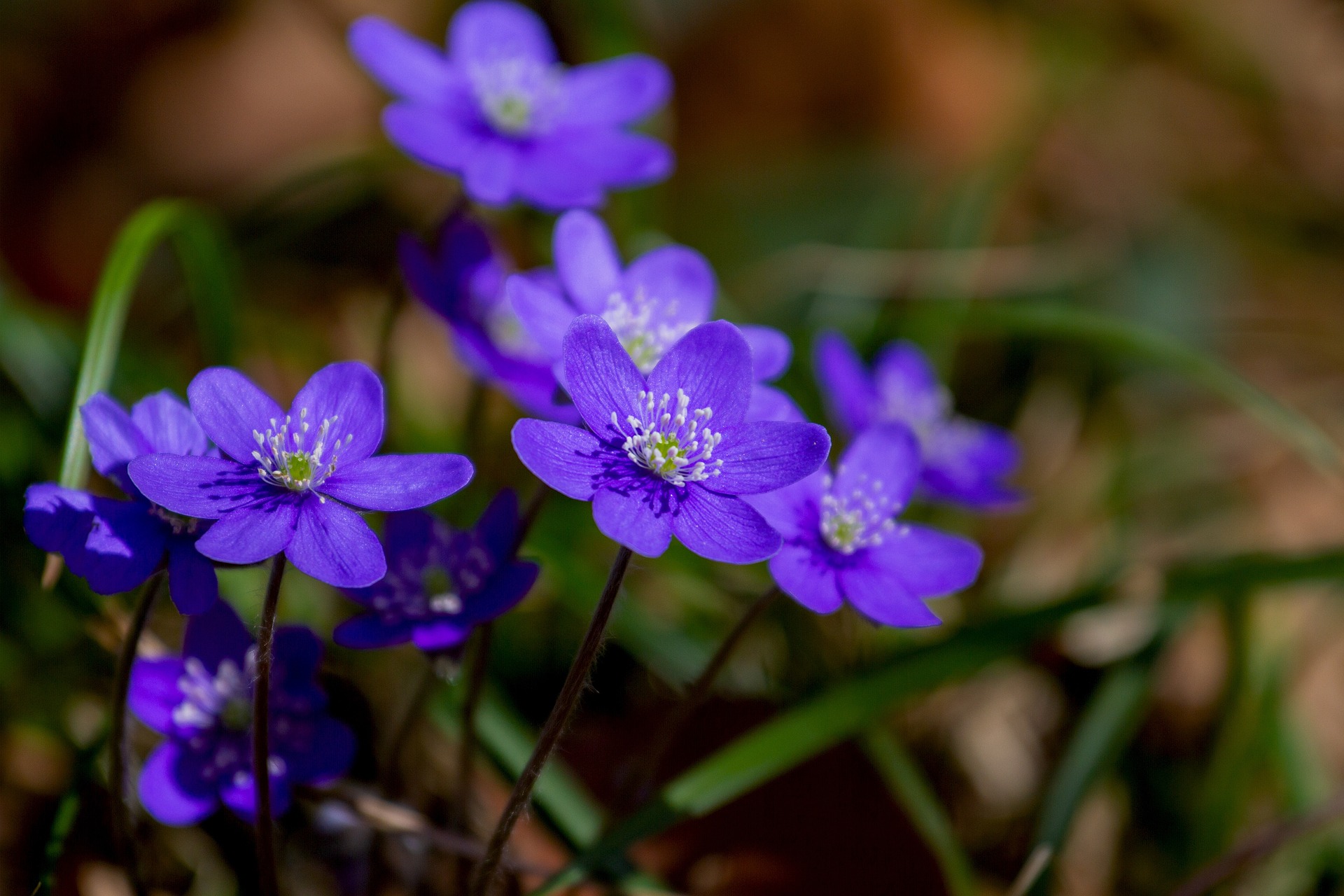
Violet flowers are winter flowering houseplants. They are known for their colorful, delicate blooms and lush green foliage. The violet flower is native to the rainforests of East Africa. Warm and humid environments are best for them. African violets can bloom year-round and come in various colors.
Growing and Caring for Violets:
Place violets in bright, indirect sunlight for 12-14 hours daily. If you don’t have that much sunlight, grow lights can help. Use a well-draining potting mix that retains moisture but is not too heavy. Water the violets thoroughly when the top inch of the soil feels dry; avoid waterlogging and let them dry out slightly between watering. Use a balanced, water-soluble fertilizer every 4-6 weeks during the growing season. Pruning old leaves and spent blooms will help encourage new growth.
Pests and Diseases:
Pests like aphids and spider mites may attack your violets. You can wash them off with a gentle stream of water. A good practice is to remove any dead leaves to promote airflow and prevent fungal diseases.
8. Mahonia
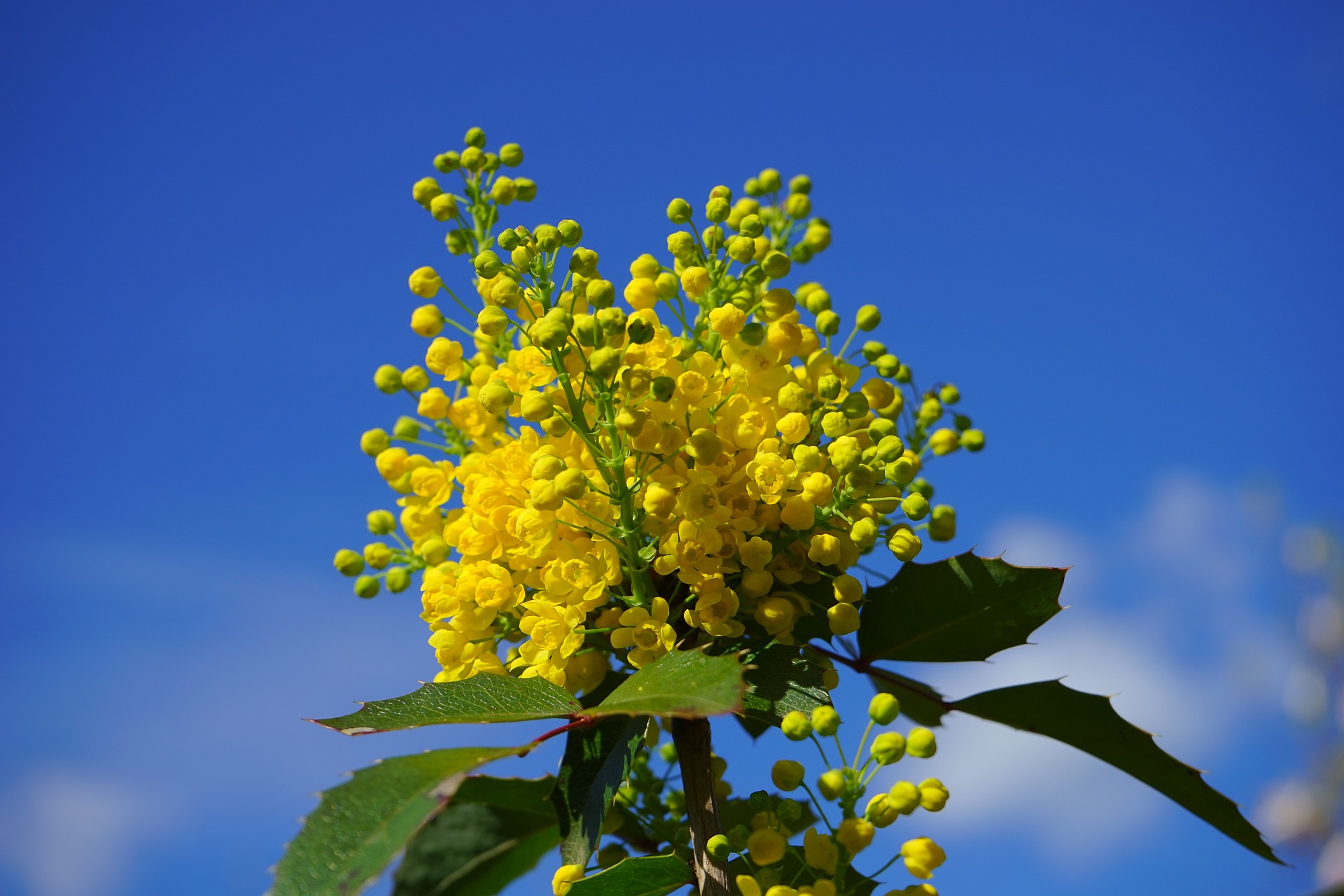
Mahonia is a great winter flowering plant known for its holly-like leaves and clusters of yellow flowers, often blooming in winter or early spring. The flowers produce fragrant blooms that attract bees and other pollinators.
Growing and Caring for Mahonia:
Mahonia can grow in full sun to partial shade, but they prefer some shade. A rich, well-drained soil that is slightly acidic is ideal for their growth. Regular watering is essential, especially in dry periods. Prune in early spring to maintain shape and remove dead or damaged branches.
Pests and Diseases:
Mahonia is generally resistant to pests and diseases, but leaf spots and powdery mildew can sometimes occur. Monitor regularly and treat as needed.
9. Winter Jasmine (Jasminum nudiflorum)
Winter jasmine is a low-growing, sprawling shrub that produces bright yellow flowers in winter. It blooms from late winter to early spring, and its flowers appear before the leaves, providing a lovely display.
Growing and Caring for Winter Jasmine:
This plant prefers full sun to partial shade. It can tolerate poor soil, but a well-drained soil mix will yield better results. Water regularly and avoid waterlogging. Prune after flowering to control growth and shape.
Pests and Diseases:
Winter jasmine is relatively pest-resistant but can occasionally face issues with aphids and spider mites. Treat any infestations promptly.
10. Daphne
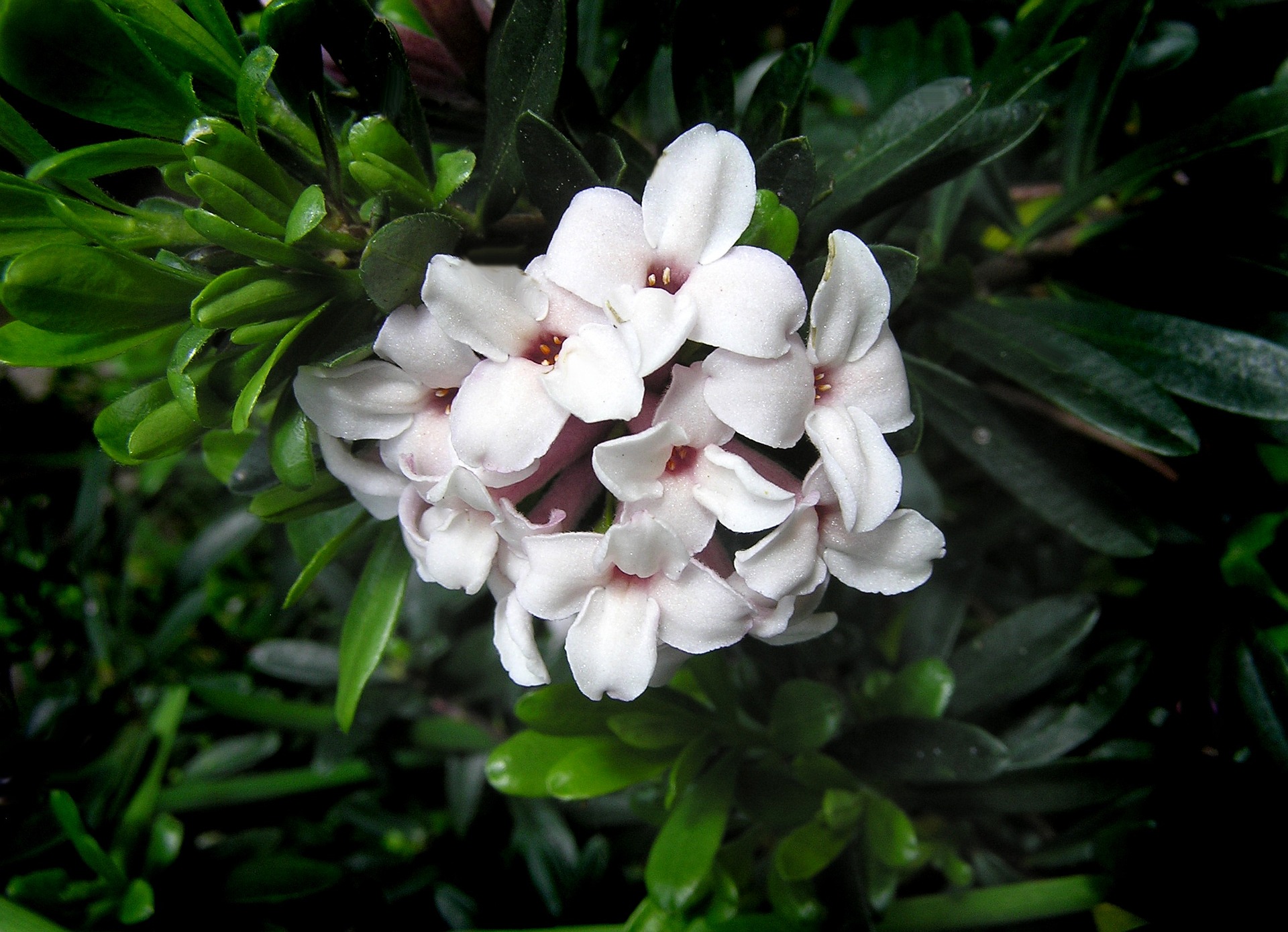
Daphne is a lovely evergreen shrub known for its fragrant flowers, which often bloom in late winter to early spring. The flowers can be pink, white, or purple, depending on the species.
Growing and Caring for Daphne:
Daphne prefers partial shade and well-drained soil rich in organic matter. Water regularly, especially in dry conditions, but avoid waterlogging. Prune after flowering to maintain shape.
Pests and Diseases:
Daphne is generally pest-resistant, but it can be susceptible to root rot if the soil is too wet.
11. Rose
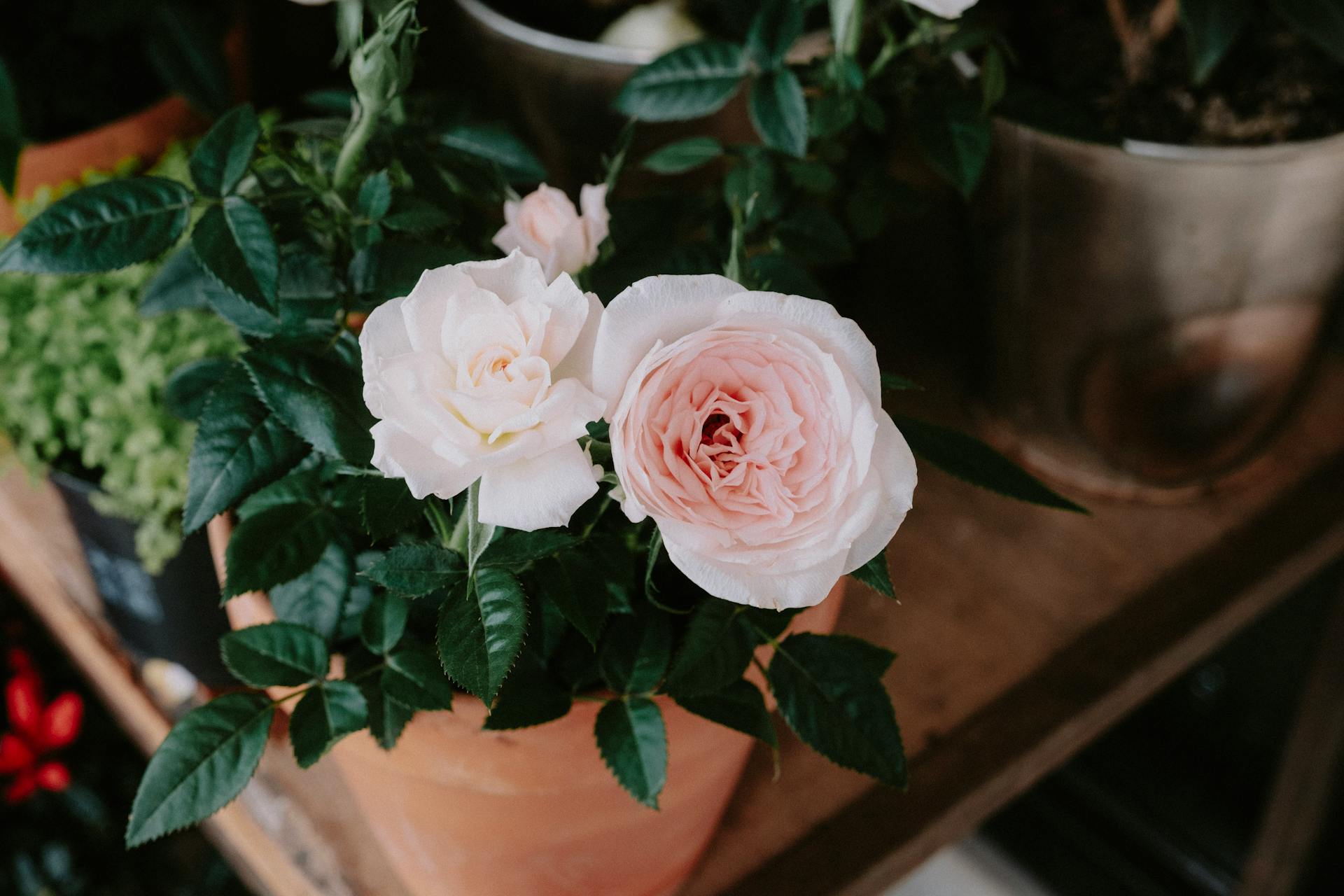
Roses can also bloom in winter, especially in warmer climates. They are classic flowers loved for their beauty and fragrance. Winter roses may not bloom as profusely as in spring but can still provide lovely color.
Growing and Caring for Roses:
Roses need full sun for at least 6 hours a day and well-drained soil. Water deeply and regularly, especially during dry spells. Prune in late winter or early spring to encourage new growth and shape.
Pests and Diseases:
Common issues include aphids, spider mites, and black spots. Regular monitoring and treatment are necessary to keep roses healthy.
12. Sarcococca confusa (Sweet Box)
Sarcococca confusa is an evergreen shrub that produces small, fragrant flowers in late winter. It’s great for shaded areas and can grow well in various soil types.
Growing and Caring for Sarcococca confusa:
Plant in partial to full shade. Ensure the soil is well-drained but moist. Water regularly and mulch to retain moisture.
Pests and Diseases:
This plant is generally pest-resistant, but watch for root rot if the soil is overly wet.
13. Skimmia Japonica
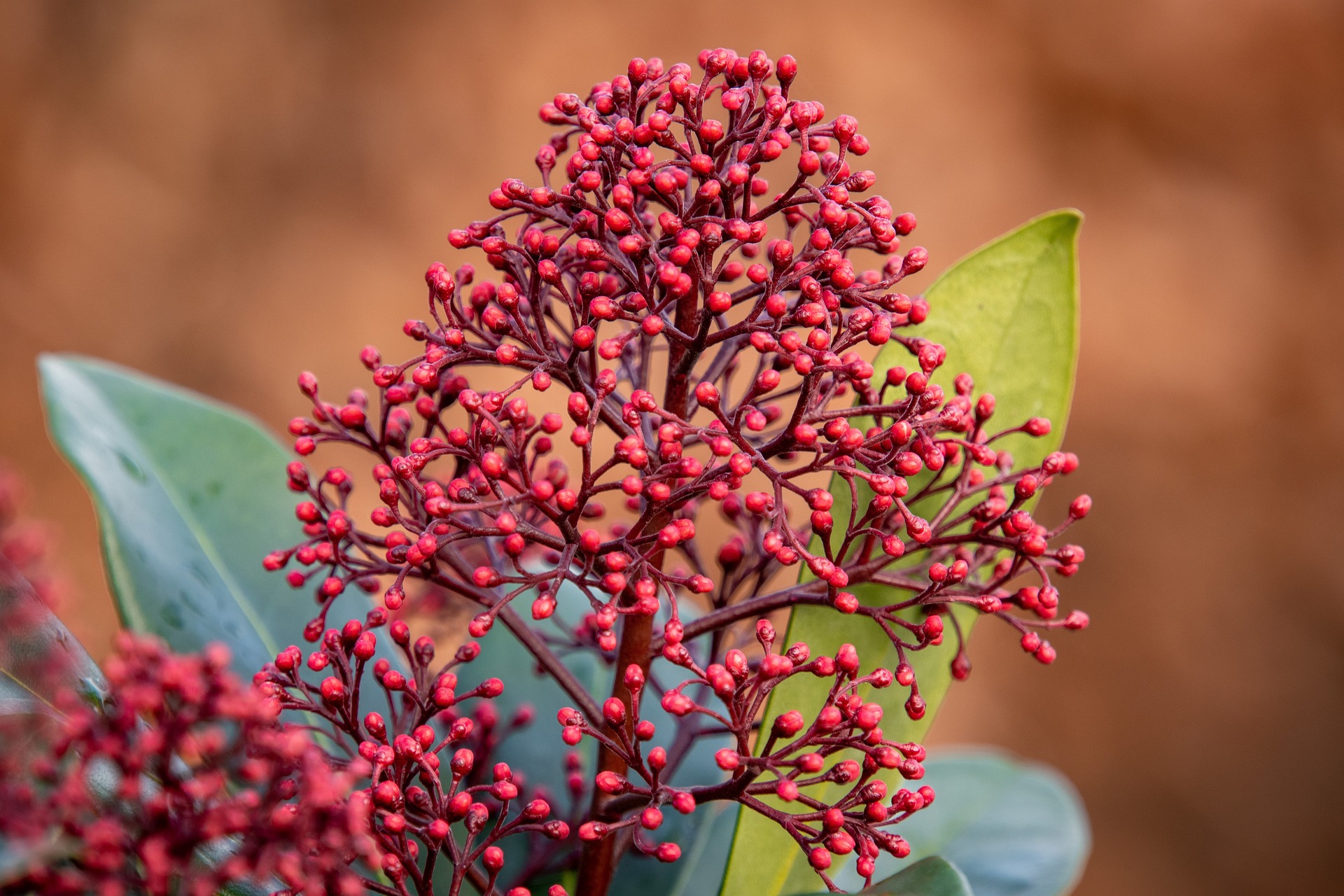
Skimmia japonica is a compact evergreen shrub that produces fragrant flowers in late winter. It is ideal for shaded areas and is valued for its attractive foliage.
Growing and Caring for Skimmia japonica:
Plant in partial to full shade and provide well-drained, acidic soil. Water regularly, especially during dry spells, and mulch to retain moisture.
Pests and Diseases:
Skimmia japonica is generally resistant to pests and diseases but may occasionally face issues with aphids and leaf spots.
14. Witch Hazel
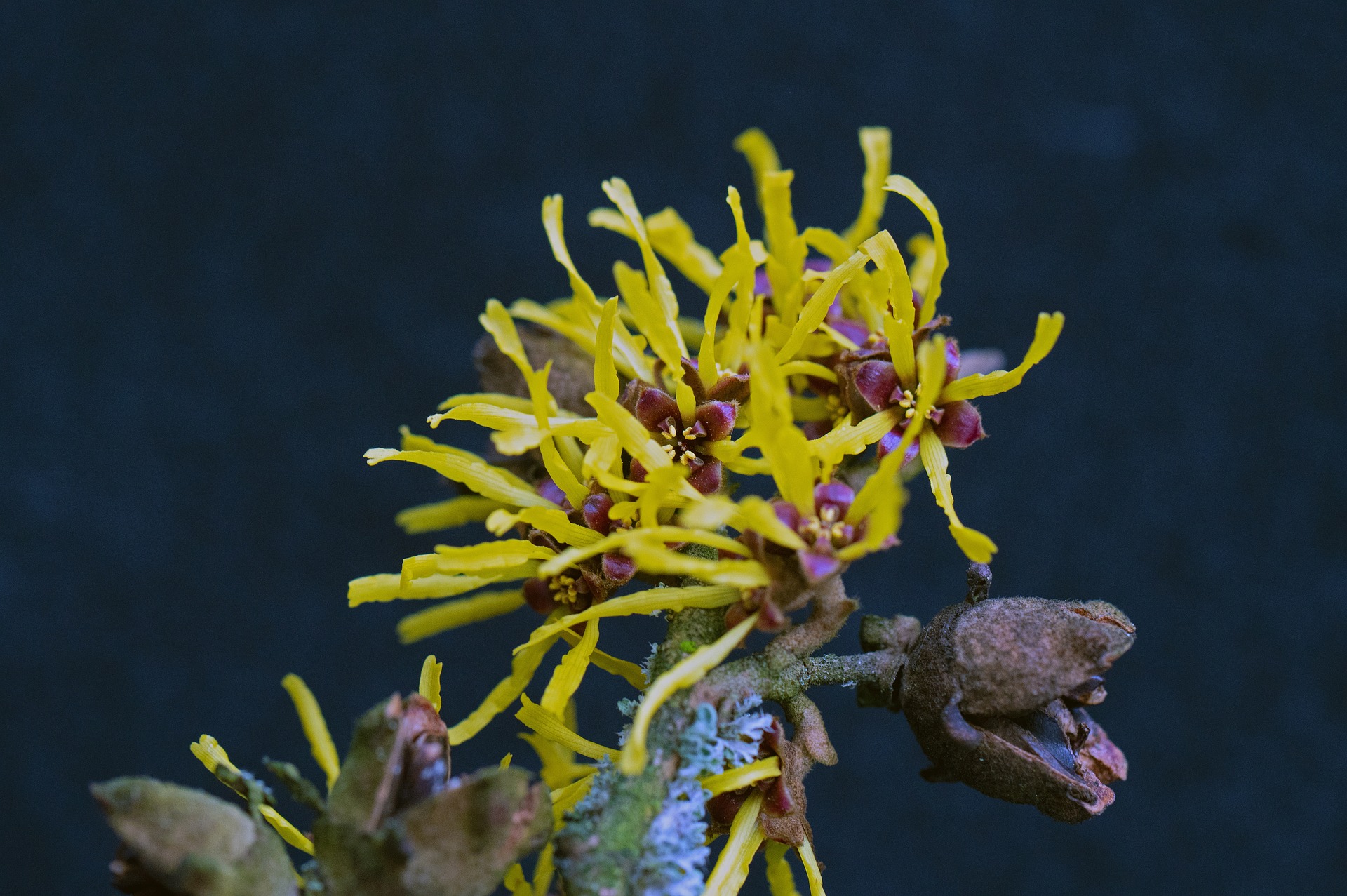
Witch hazel is a deciduous shrub that produces unique, fragrant flowers in winter. Its blooms are often yellow, but there are varieties as well.
Growing and Caring for Witch Hazel:
Choose a location with full sun to partial shade and well-drained, rich soil. Regular watering is essential, especially in dry conditions.
Pests and Diseases:
Witch hazel is generally pest-resistant but watch for leaf spots and other fungal diseases.
Conclusion
These beautiful winter flowering plants will help brighten your garden during the colder months. With proper care, they can provide interest and beauty throughout the winter season. Consider incorporating them into your garden for a lovely winter display.
